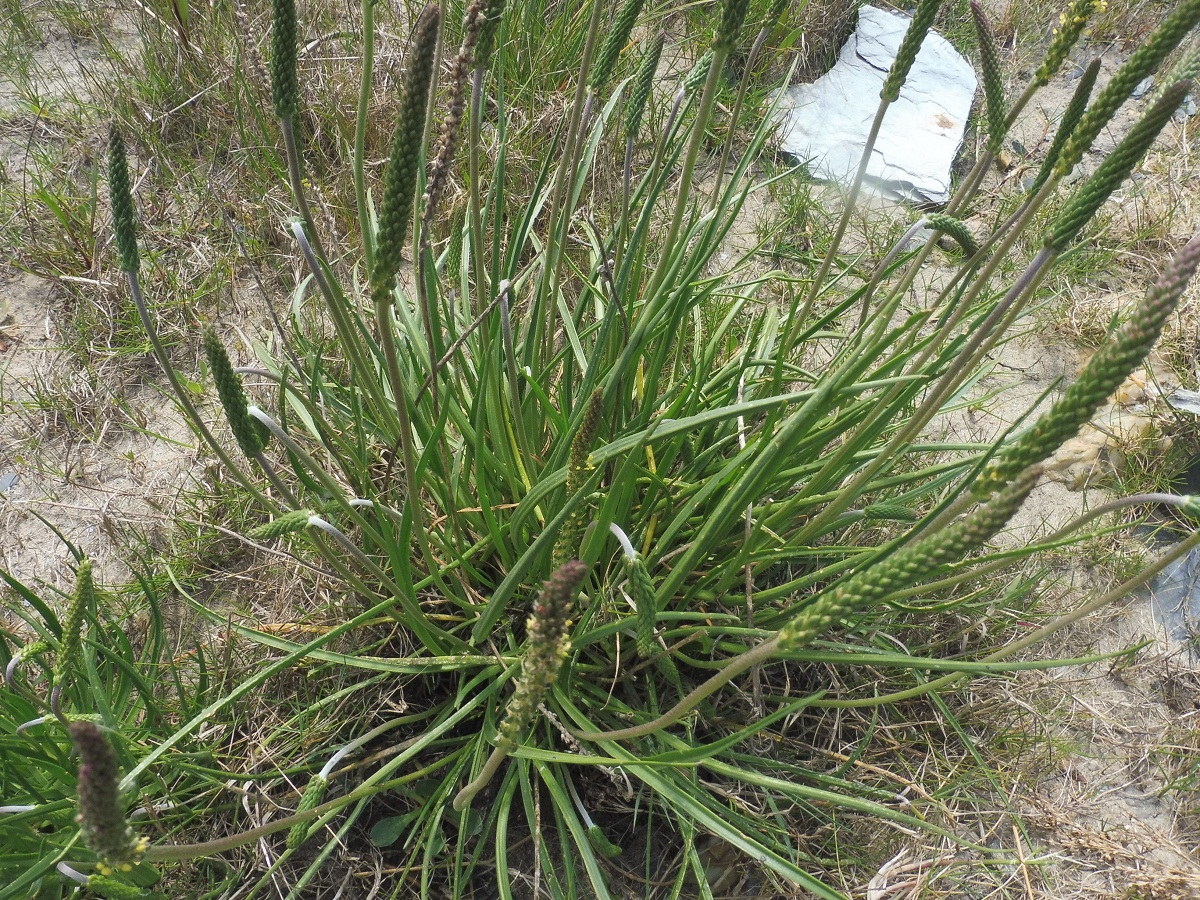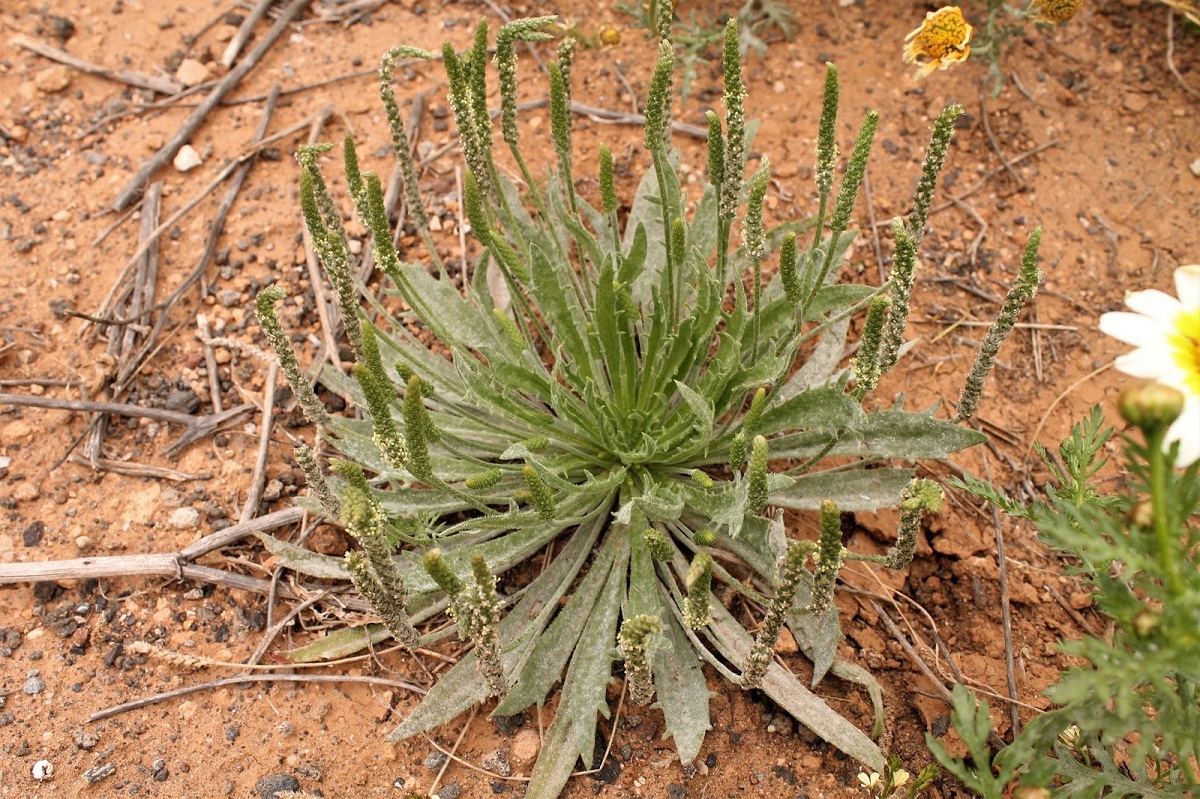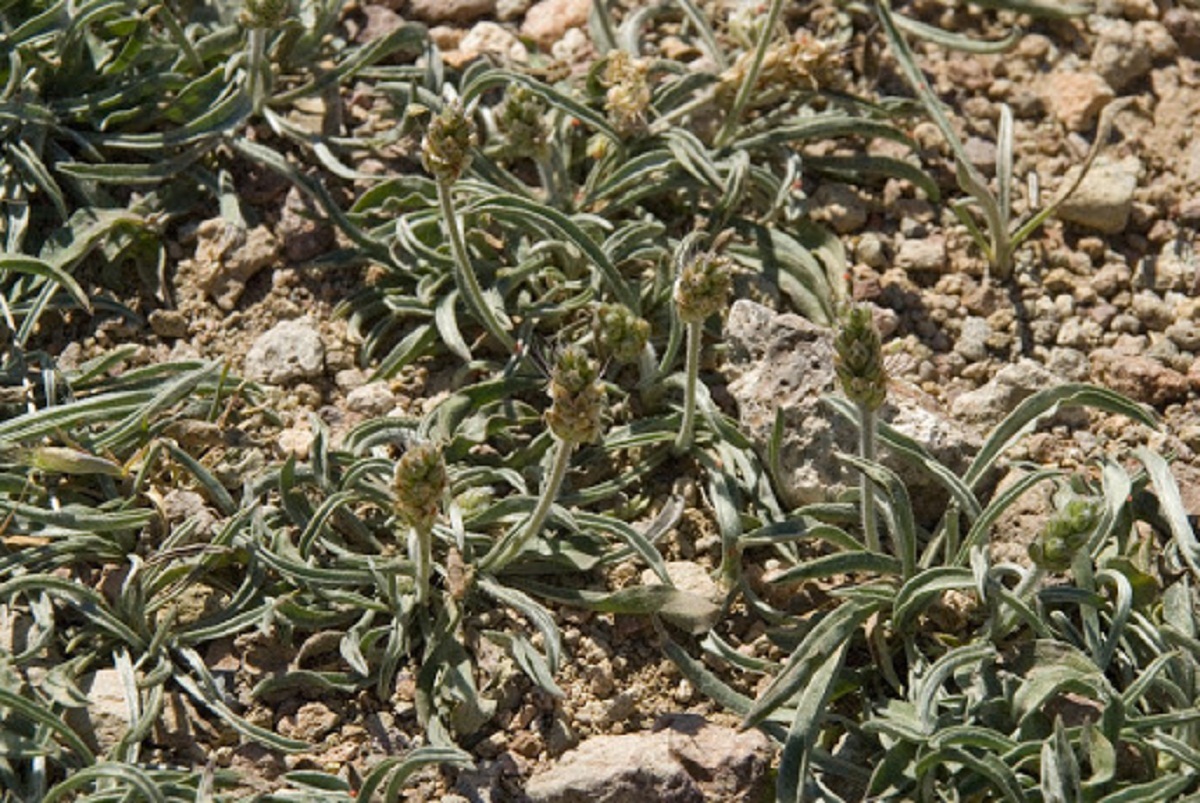
El plantago albicans, also known as white plantain, is a perennial plant that is part of the Plantagináceae family. It is a plant from the northern hemisphere, where it currently develops in the wild.
The biodiversity of this herbaceous plant is quite significant, which is why it receives a lot of different names. Similarly, it isThe plant is known in various ways according to the areas where it is planted.
Origins

The reason why there are so many varieties on a linguistic and biological level is mainly due to the great diffusion that occurred during the Age of Discovery. The enormous commercial growth of the great European powers in the American countries and also in other regions allowed this type of plant to achieve wide recognition, even in the most distant corners.
We are facing a very popular plant, this thanks to its properties and benefits it has for the health of the human body.
Features of the plantago albicans
El plantago albicans or white plantain, usually It is a woody plant that always keeps the leaves very alive. This type of plantain, which at times is not very common, is between 10 and 40 centimeters high, it is a little tussock, its branching starting from the very base while its leaves are concentrated in a few basal rosettes.
Its leaves are generally lance-shaped and are between 5 to 20 centimeters and almost a centimeter wide and are sometimes a little wavy and a covering of white hairs perches on the plant in a dense way. The size and appearance of the stem and leaves it depends mainly on the amount of water they have available.
Due to this, it is possible to ensure that has at least two aspects that are clearly different: if it has a sufficient amount of water, the plant acquires a green color while its leaves become larger, however, if the opposite is true, the leaves will be smaller than normal and will have a more wavy shape , its color will be grayish.
The flowering of this plant begins between April and June, from the central part of the rosettes one or more peduncles that they are about 20 centimeters long and culminating in a single elongated spike composed of flowers or at least four membranous sepals that are not fixed. You can also notice the presence of four quite long stamens compared to the size of the flower, between approximately 8 millimeters.
The shape of the fruit is very similar to that of a capsule that measures about 4 millimeters, and inside it contains several seeds.
Farming
These plants prefer humid spaces with semi-direct exposure to the sun's rays, so you just have to propagate the seeds and wait for the growth process to start. It is very important that when the plant begins to grow it is watered periodically to prevent the soil from drying out completely, however, avoid using too much water. Its leaves are used for medicinal purposes.
Care and uses

For those who prefer to have this plant in a pot, the ideal is to let it receive direct sunlight. Irrigation should be done 3 to 4 times each week, especially during the summer time. As a recommendation for the substrate, you should use one that is universally grown to ensure the proper development of the plant. It is very important to apply a liquid fertilizer during the spring and summer seasons. The multiplication of this plant is carried out by means of seeds.
The plantain, regardless of the type, it is a plant for medicinal useFor this reason, many people decide to grow it at home, since it is excellent for healing wounds, as a diuretic and expectorant, it is anti-inflammatory. It is also used to heal problems in the respiratory system, such as asthma or bronchitis.